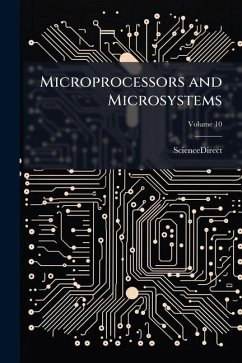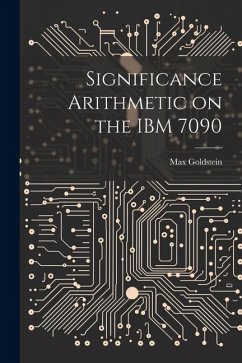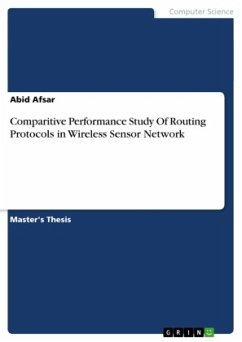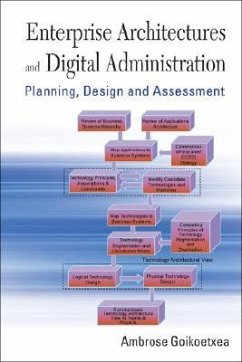
An FPGA-Based System for Tracking Digital Information Transmitted via Peer-to-Peer Protocols
Versandkostenfrei!
Versandfertig in über 4 Wochen
18,99 €
inkl. MwSt.
Weitere Ausgaben:

PAYBACK Punkte
9 °P sammeln!
This research addresses the problem of tracking digital information that is shared using peer-to-peer file transfer and VoIP protocols for the purposes of illicitly disseminating sensitive government information and for covert communication by terrorist cells or criminal organizations. A digital forensic tool is created that searches a network for peer-to-peer control messages, extracts the unique identifier of the file or phone number being used, and compares it against a list of known contraband files or phone numbers. If the identifier is on the list, the control packet is saved for later f...
This research addresses the problem of tracking digital information that is shared using peer-to-peer file transfer and VoIP protocols for the purposes of illicitly disseminating sensitive government information and for covert communication by terrorist cells or criminal organizations. A digital forensic tool is created that searches a network for peer-to-peer control messages, extracts the unique identifier of the file or phone number being used, and compares it against a list of known contraband files or phone numbers. If the identifier is on the list, the control packet is saved for later forensic analysis. The system is implemented using an FPGA-based embedded software application, and processes file transfers using the BitTorrent protocol and VoIP phone calls made using the Session Initiation Protocol (SIP). Results show that the final design processes peer-to-peer packets of interest 92% faster than a software-only configuration, and is able to successfully capture and process BitTorrent Handshake messages with a probability of at least 99.0% and SIP control packets with a probability of at least 97.6% under a network traffic load of at least 89.6 Mbps. This work has been selected by scholars as being culturally important, and is part of the knowledge base of civilization as we know it. This work was reproduced from the original artifact, and remains as true to the original work as possible. Therefore, you will see the original copyright references, library stamps (as most of these works have been housed in our most important libraries around the world), and other notations in the work. This work is in the public domain in the United States of America, and possibly other nations. Within the United States, you may freely copy and distribute this work, as no entity (individual or corporate) has a copyright on the body of the work. As a reproduction of a historical artifact, this work may contain missing or blurred pages, poor pictures, errant marks, etc. Scholars believe, and we concur, that this work is important enough to be preserved, reproduced, and made generally available to the public. We appreciate your support of the preservation process, and thank you for being an important part of keeping this knowledge alive and relevant.












